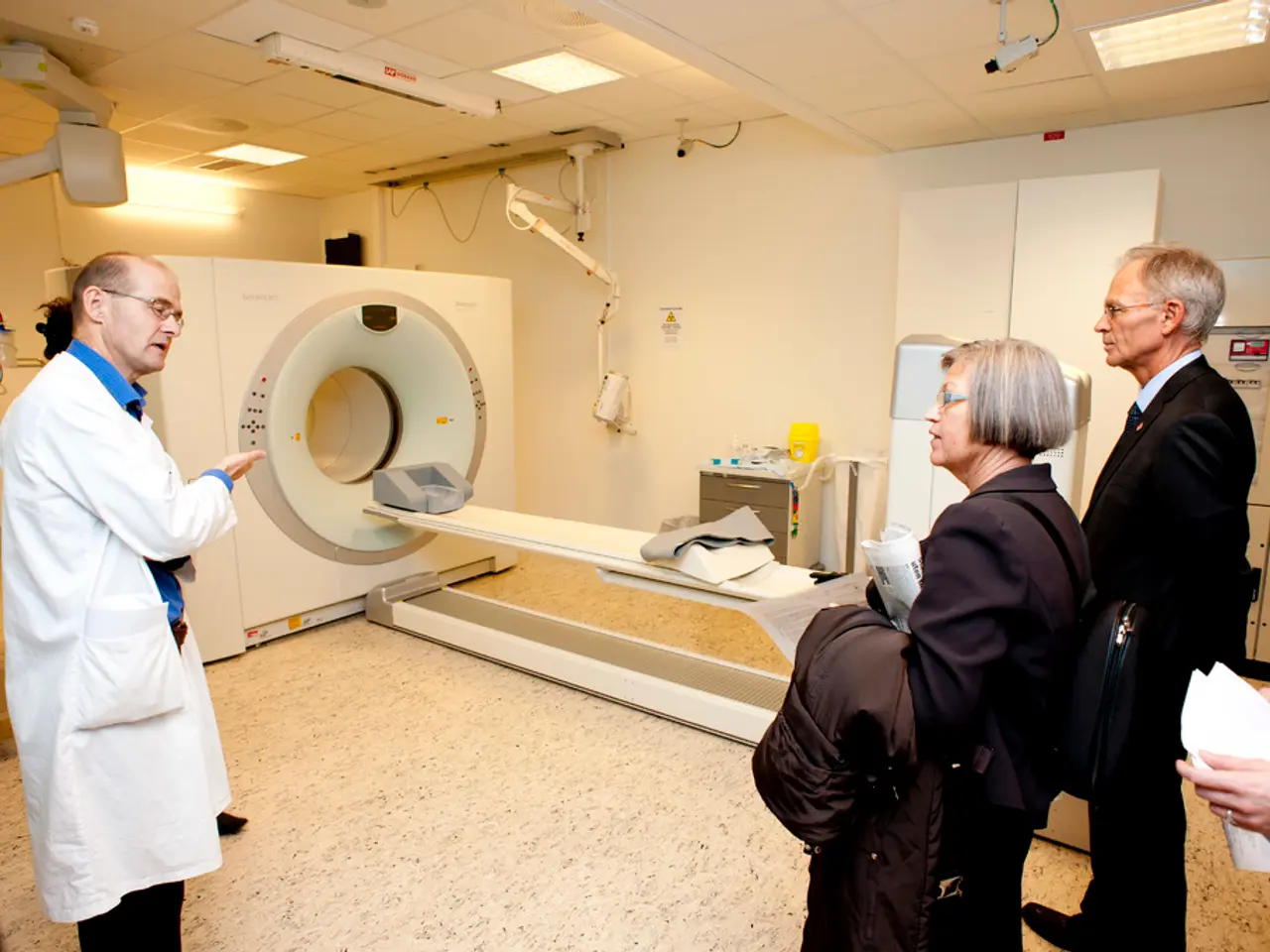LEED Green Associate: Acoustic Performance Prerequisite for Minimum Noise Level in LEED Certification
In the pursuit of sustainable and high-performing buildings, the US Green Building Council's (USGBC) Leadership in Energy and Environmental Design (LEED) rating system plays a significant role. This system, which is globally recognized, sets stringent criteria for green building certification.
One aspect that is often overlooked, but is of utmost importance, is the acoustic performance of a building. The LEED rating system recognizes this, and includes minimum acoustic performance requirements as part of its broader sustainability and building performance criteria.
For instance, the LEED for Healthcare rating system, due to the unique needs of healthcare facilities, has a prerequisite for minimum acoustic performance. This ensures patient comfort and privacy, which are vital for the smooth operation of such facilities. The prerequisite applies to sound transmission class (STC) ratings for walls, floors, ceilings, doors, and windows.
Similarly, the LEED for Schools projects require minimum acoustic performance to facilitate better communication among students and staff. Proper acoustic design in these environments can enhance occupant well-being, productivity, and overall satisfaction.
While other rating systems like LEED for Hospitality and LEED for New Construction and Major Renovations do not have a prerequisite for minimum acoustic performance, they may offer credits related to acoustic performance. This encourages developers to prioritise acoustic design, even if not mandatory.
Preparing for the USGBC LEED Green Associate exam can be challenging, but resources are available to help. Practice questions and answers for the exam are available for free online, which can significantly boost one's chances of passing the exam and earning the certification.
In conclusion, the acoustic performance of a building is a crucial aspect of sustainable and high-performing buildings. By prioritising acoustic design, we can create indoor environments that promote well-being, productivity, and overall satisfaction. The LEED rating system, with its minimum acoustic performance requirements, is leading the way in this regard.
Read also:
- Peptide YY (PYY): Exploring its Role in Appetite Suppression, Intestinal Health, and Cognitive Links
- Toddler Health: Rotavirus Signs, Origins, and Potential Complications
- Digestive issues and heart discomfort: Root causes and associated health conditions
- House Infernos: Deadly Hazards Surpassing the Flames








